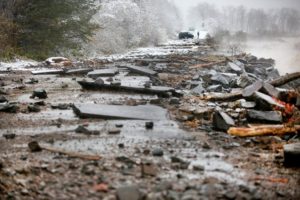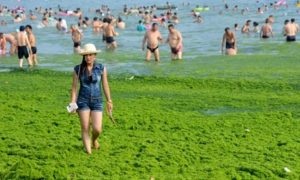
When Lake Superior, the largest fresh water lake on the planet and containing earth’s second-most amount of fresh water, starts to feel the pain of run-off and related clean water issues — red flags fly high. That most of this water is drinkable, right from the lake, further supports the cautionary conditions.
This from MPNews:
Climate change hits hard on Minnesota’s North Shore
A worthy read by a terrific organization, condensing this article suggests at least two things:
- It’s getting hotter. The area around Lake Superior is getting wetter.
And run-off is an inevitable, unfortunate, and damaging by-product. - Winters are not as cold at night. Nor as long in season. Climate change is real … even up here.
Clean Water Warrior has moved its operations to Ashland, WI — a beautiful and somewhat (for the United States, anyway) remote area; nestled on the shores of this Great Lake.
After a long break, Clean Water Warrior will again begin its blogging updates on the condition of fresh water around the Great Lakes, and other parts of the planet as notable situations arise.
Please stay posted … and send us your opinions and pictures, which we are sure to acknowledge.



